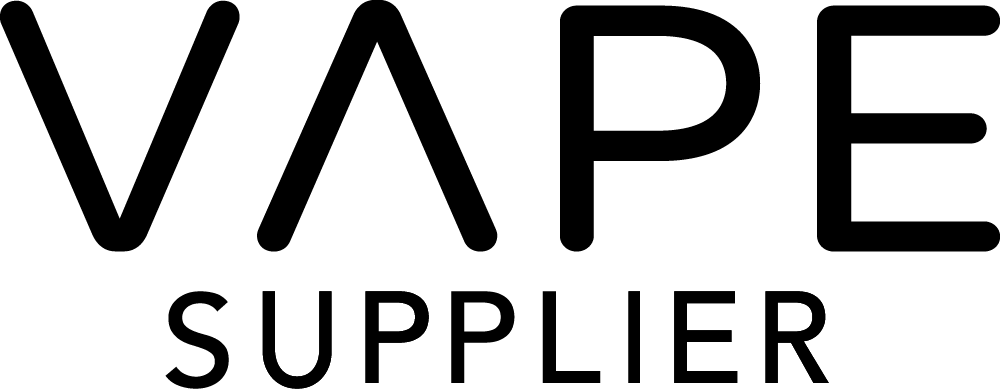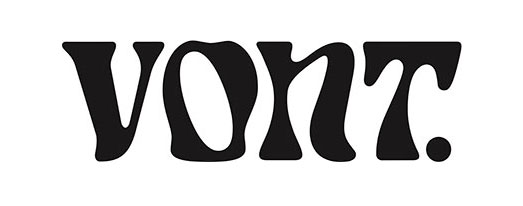The vastly increased popularity of vaping has thrust the industry into the spotlight, sparking a media furore in recent months. If we cut through the noise, however, what is paramount is ensuring the safety and reliability of vape products. This is where effective post-market surveillance (PMS) comes into play – a critical component mandated by Recital (45) of the Tobacco Products Directive (TPD). This recital emphasises the requirement for an appropriate system to record safety concerns around vape products, highlighting the significance of ongoing monitoring and regulation.
Understanding Post-Market Surveillance
So you’ve formulated, tested, manufactured and notified your product, then launched it to market – but all the hard work doesn’t stop there. Post-market surveillance refers to the continuous process of monitoring the safety and performance of a product after it has been released to the market. In the context of the vape industry, PMS involves the systematic collection, analysis, and interpretation of data related to the use of vape products. This includes tracking adverse events, product defects, and user feedback to identify any potential risks or batch failures that may not have been evident during the initial testing and quality control stages.
Why Post-Market Surveillance is Essential
1. Ensuring Consumer Safety
The primary goal of PMS is to protect consumers. Any issues related to their safety can have significant health implications – and serious reputational repercussions. By continuously monitoring these products, manufacturers and regulatory bodies can quickly identify and address any safety concerns, ensuring that consumers are not exposed to harmful or risky products.
2. Identifying the root cause of product failure
It is essential to establish the cause of any potential product failure, whether that is based around formulation or batch issues. Whilst formulation may take longer to identify, batch failure may be identified quickly and tackled across multiple regions, depending on the size of the batch and distribution.
3. Appropriate system for manufacturer & market size
Whilst a smaller manufacturer with limited reach and distribution of products may be able to use a simple system to record safety concerns, a larger, multi-regional brand would require a more sophisticated system. For example, a small manufacturer selling to a single market need only factor languages for that market and the number of products sold in order to gauge the sophistication of the system required to capture data from a batch failure. By contrast, a brand selling in multiple countries with larger batch sizes would need a far more comprehensive system to record safety concerns in each language that they sold into. The complexity of that PMS system necessarily increases based on the volume and variety of products distributed, as well as the number of languages.
4. Regulatory Compliance
Adhering to complex and changing regulatory requirements, such as those outlined in the TPD, is crucial for the legal distribution of vape products. Post-market surveillance is a key component of these regulations, ensuring that manufacturers maintain high standards of safety and performance. Robust compliance not only helps to avoid legal issues but also instils trust with consumers and industry stakeholders.
5. Building Consumer Confidence
Transparency and accountability are vital for gaining and maintaining consumer confidence. By proactively engaging in post-market surveillance and openly sharing findings, manufacturers can demonstrate their continued commitment to safety and quality. This transparency reassures consumers that the products they are using are being closely monitored and managed for their safety, providing a competitive edge and fostering brand loyalty.
6. Mitigating Public Health Risks
Issues related to vaping can extend beyond individual users to broader public health concerns. For example, defective products that cause injuries or adverse health effects can lead to increased healthcare costs and burden on the healthcare system. Allowing these types of issues to arise unchecked is akin to pouring fuel on the media fire! Effective post-market surveillance helps to mitigate these risks by ensuring that any potential problems are identified and addressed promptly.
Implementing Effective Post-Market Surveillance
For post-market surveillance to be effective, it must be comprehensive and well-organised. Key components include:
- Data Collection: Gathering detailed information on product performance, adverse events, and consumer feedback
- Analysis and Interpretation: Evaluating the collected data to identify trends, risks, and areas for improvement
- Reporting and Communication: Sharing findings with relevant stakeholders, including regulatory bodies, healthcare professionals, and consumers
- Action and Follow-Up: Implementing corrective actions based on the findings and continuously monitoring the outcomes
At Arcus Compliance, we have masterminded a proprietary methodology that provides your business with a comprehensive framework for effective post-market surveillance. Our tried and tested approach offers confidence and reassurance to both clients and regulators that everything is being robustly monitored at every stage, while nothing gets missed.
Closing the Loop
Post-market surveillance is not just a regulatory requirement; it is a crucial consideration in ensuring the safety, quality, and reliability of vape products. By proactively monitoring and addressing any potential issues, the vape industry can protect consumers, improve product standards, and contribute to better public health. As vaping continues to evolve through bold new innovations, robust post-market surveillance systems will be essential in safeguarding the well-being of users and maintaining the industry’s integrity.
Get in touch for more information on our unparalleled post-market surveillance solutions.









